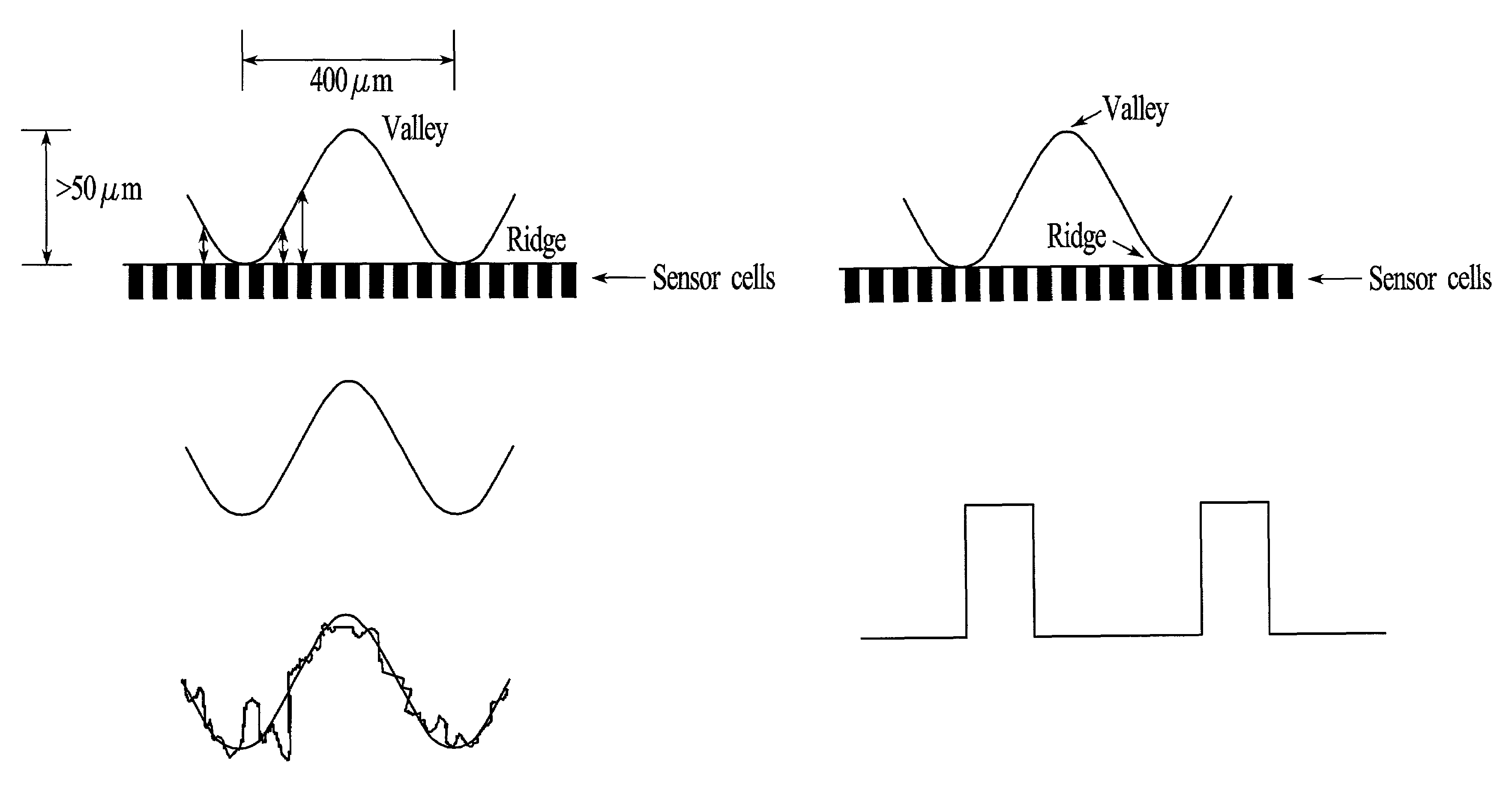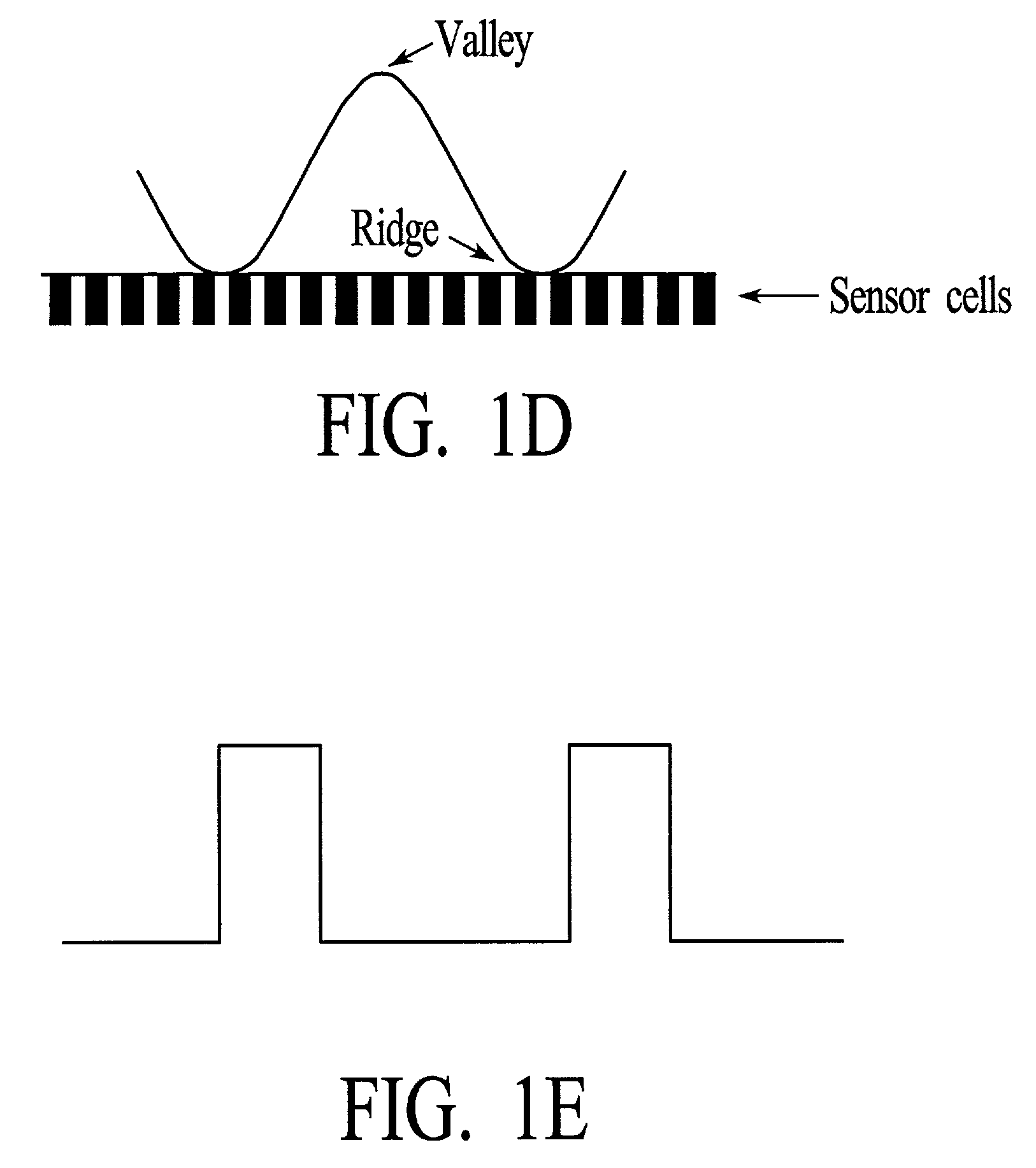Use of multi-layer thin films as stress sensors
a multi-layer thin film and stress sensor technology, applied in the field of tunneling magnetoresistive devices, can solve the problems of capacitive sensors providing erroneous readings, inherently subject measurement of spacing, adverse effects of most of these sensors, etc., and achieve the effect of reducing the magnetic moment of the free ferromagnetic layer and reducing the magnetic moment of the pinned ferromagnetic layer
- Summary
- Abstract
- Description
- Claims
- Application Information
AI Technical Summary
Benefits of technology
Problems solved by technology
Method used
Image
Examples
Embodiment Construction
[0035]The working principle of TMR has certain similarities to that of GMR, since in both TMR sensors (as described herein) and GMR sensors, a change in applied pressure will cause a rotation of the magnetization associated with the device, and a corresponding change in resistance, which can be sensed. Further, in both devices, there is a stack of layers, in which the innermost and outermost layers are made of ferromagnetic materials. Despite those similarities, implementation of a TMR device is very different from implementation of a GMR device. In particular, this is due to the fact that the layer between the inner and outer ferromagnetic layers is an insulating, rather than a conducting material, and the electrical current flows perpendicular to the plane of the layers, rather than in the plane of the layers.
[0036]As a result of these differences, the following observations have been noted by the present inventors, which lead to the conclusion that a TMR device can have advantage...
PUM
 Login to View More
Login to View More Abstract
Description
Claims
Application Information
 Login to View More
Login to View More - R&D
- Intellectual Property
- Life Sciences
- Materials
- Tech Scout
- Unparalleled Data Quality
- Higher Quality Content
- 60% Fewer Hallucinations
Browse by: Latest US Patents, China's latest patents, Technical Efficacy Thesaurus, Application Domain, Technology Topic, Popular Technical Reports.
© 2025 PatSnap. All rights reserved.Legal|Privacy policy|Modern Slavery Act Transparency Statement|Sitemap|About US| Contact US: help@patsnap.com



